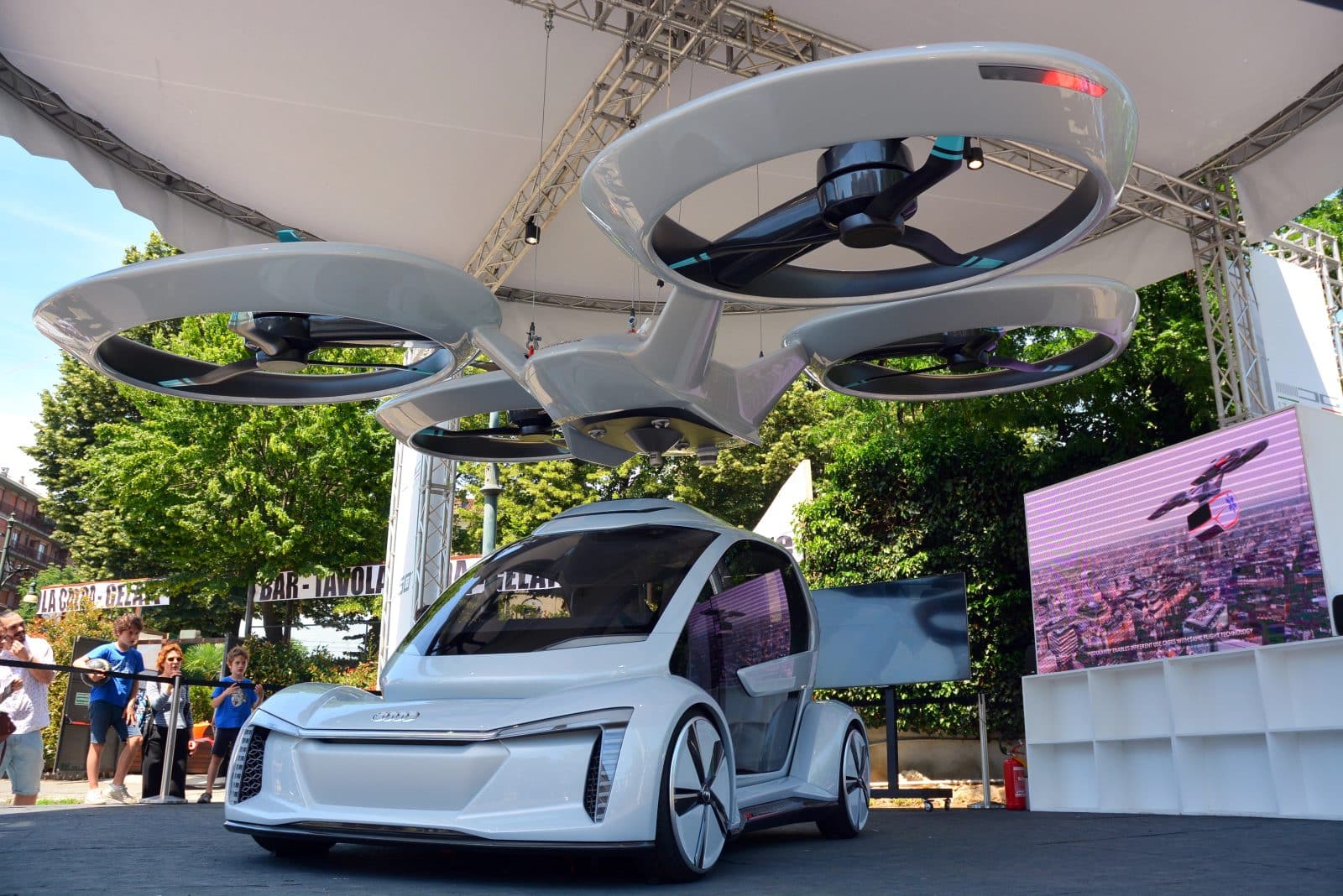When Donald Trump won the 2024 presidential election in a stunning landslide, his ambitious promises sparked a wave of excitement. Among his boldest ideas was the plan to create 10 new “freedom cities,” futuristic hubs designed with input from citizens.
But perhaps his most out-there pledge was the vision to make America a leader in flying car technology. Trump urged Americans to dream big, just as they did when they invented the automobile, positioning the U.S. as a challenger to China’s growing influence in tech. But the real question remains: Will flying cars ever take off?
While the idea of flying cars may sound thrilling, it’s worth questioning whether this dream will ever leave the ground. The concept is futuristic, but the reality is far more complex.
Let’s take a closer look at why flying cars might remain a fantasy for the foreseeable future, even if they are part of the dream for tomorrow’s cities.
The High Cost of Innovation
Developing flying cars would require cutting-edge technology and a substantial investment. From advanced propulsion systems to navigation and autonomous driving capabilities, the cost to bring flying cars to life would be astronomical.
We’re talking about a price tag that would likely place flying cars out of reach for the average person for quite some time.
Even once flying cars are developed, maintaining them would present an ongoing challenge.
Just like aircraft, flying cars would require frequent inspections and specialized care. The costs involved could make keeping a flying car running an exclusive luxury, limiting their use to the ultra-wealthy.
Safety and Regulation: A Daunting Task
Safety is a massive concern when it comes to flying cars. Managing air traffic for thousands of these vehicles in busy urban skies would require an entirely new infrastructure—one that doesn’t even exist yet.
How would we prevent collisions, especially in bad weather or during high-traffic times? The logistics of air traffic control and dealing with accidents or system failures would be a nightmare for lawmakers, insurance companies, and city planners alike.
Infrastructure: The Missing Pieces
To make flying cars a reality, we’d need far more than just the vehicles themselves. Imagine needing dedicated vertical takeoff and landing (VTOL) hubs scattered across every city. Think mini-airports in every neighborhood!
And this is in addition to the infrastructure already strained by traditional vehicles. Airports would need a massive overhaul, and if the flying cars are electric, charging stations would need to be as common as gas stations. This would require billions in investment and time, and it’s hard to see how this could become a reality anytime soon.
Environmental Impact: Not as Green as It Seems
While flying cars might be electric, they still consume a great deal more energy than traditional vehicles. The power needed to lift a car into the air is orders of magnitude greater than what’s required to keep a car on the ground.
This could create an environmental headache if these vehicles ever became mainstream. Additionally, the noise from hundreds of flying cars overhead could lead to significant noise pollution, making urban living much less pleasant for residents.
Public Perception: Will We Trust Flying Cars?
Even if flying cars are developed to be safe and affordable, will people actually trust them? The idea of flying in an autonomous vehicle—or even controlling one—could seem daunting to most.
Overcoming public skepticism and fear of potential accidents or system failures could be one of the biggest hurdles for this technology.
Is It Worth It?
While these cars sound exciting in theory, the reality is that ground transportation has already made significant strides. Electric cars, autonomous vehicles, and improvements in public transit are already solving many of the mobility issues we face today.
Even if these cars are technically feasible, they may not prove as practical or beneficial as we think.
In the end, Trump’s vision of a flying car revolution may be one for the history books—if it ever happens at all.
For now, we’ll have to keep our feet firmly on the ground, wheels turning, and dreams soaring in the skies of possibility.
Recommended – 5 Crucial Things to Know Before You Buy an EV












Leave a comment